Home>Furniture & Design>Interior Design Trends>How To Clean A Glass Kettle
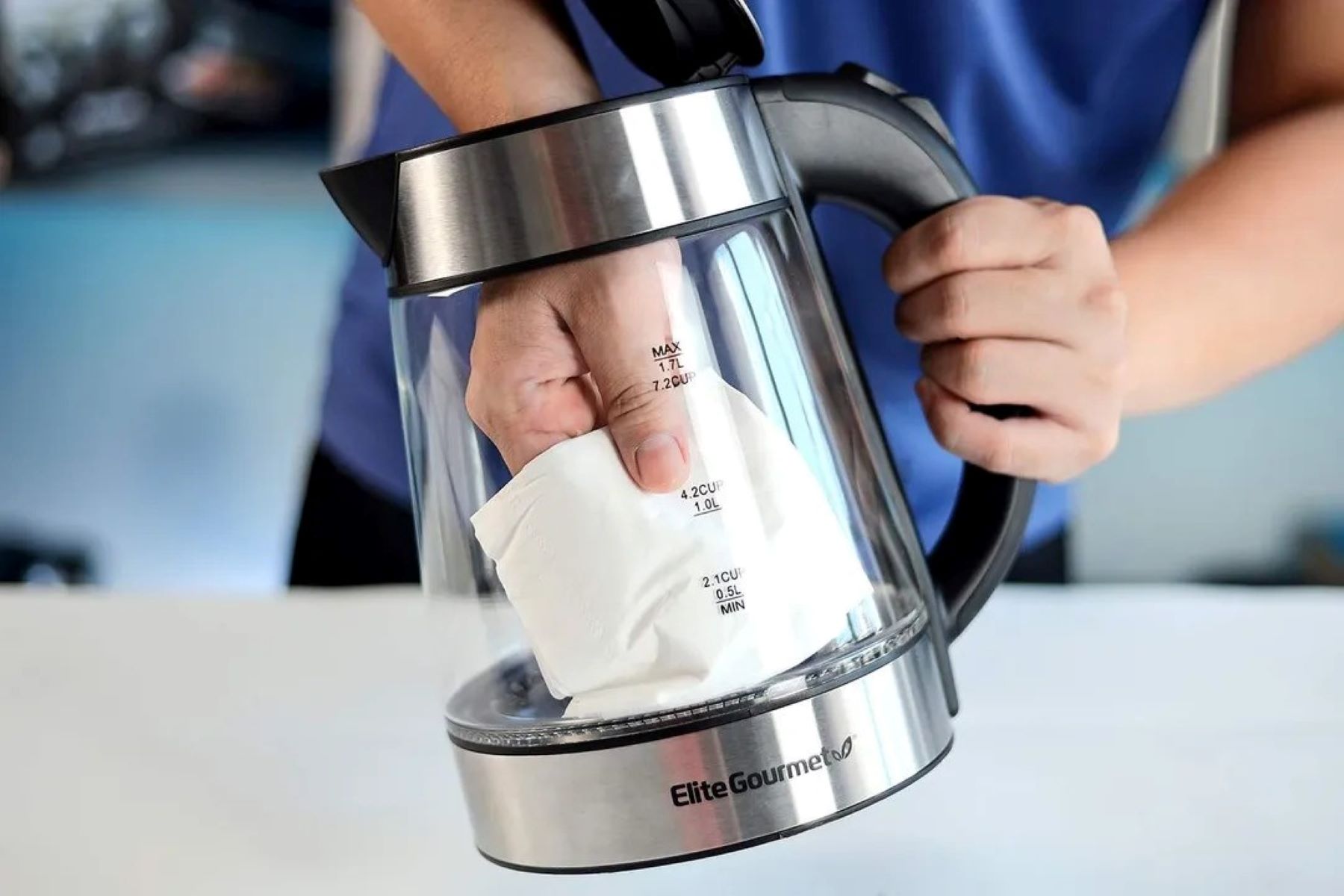

Interior Design Trends
How To Clean A Glass Kettle
Modified: February 18, 2024
Learn the best methods for cleaning a glass kettle and keeping up with the latest interior design trends. Keep your kitchen looking stylish and sparkling clean!
(Many of the links in this article redirect to a specific reviewed product. Your purchase of these products through affiliate links helps to generate commission for Storables.com, at no extra cost. Learn more)
Introduction
Cleaning a glass kettle is an essential task to maintain its pristine appearance and ensure the purity of your brewed beverages. Over time, mineral deposits, stains, and residue can accumulate inside the kettle, affecting its performance and the taste of your drinks. Fortunately, with the right cleaning techniques and solutions, you can restore your glass kettle to its sparkling best.
In this comprehensive guide, we will explore various methods to clean a glass kettle effectively. From utilizing simple household ingredients to employing natural cleaning solutions, you will discover practical and eco-friendly approaches to keep your glass kettle spotless and free from impurities.
Whether you enjoy a soothing cup of herbal tea, a robust brew of coffee, or the ritual of boiling water for cooking, maintaining a clean glass kettle is paramount. By following the step-by-step instructions and tips provided in this guide, you can elevate your kettle-cleaning routine to achieve remarkable results.
Now, let's delve into the detailed steps and techniques for cleaning your glass kettle, ensuring that every sip of your favorite beverage is as pure and delightful as it should be.
Key Takeaways:
- Keep your glass kettle sparkling by using natural ingredients like vinegar, lemon, and baking soda. Thoroughly rinse and dry to ensure purity and clarity for your favorite beverages.
- Embrace eco-friendly cleaning methods to maintain a pristine glass kettle. Enjoy the ritual of brewing with natural solutions and elevate your beverage experience.
Read more: How To Clean My Glass Kettle
Step 1: Gather Your Supplies
Before embarking on the cleaning process, it's crucial to gather the necessary supplies to ensure a thorough and effective cleaning of your glass kettle. Here's a list of essential items you'll need:
-
White Vinegar: This versatile household staple is a powerful natural cleaner that effectively dissolves mineral deposits and stubborn stains inside the kettle.
-
Lemons: Fresh lemons are an excellent natural alternative to vinegar, providing a refreshing citrus scent while effectively removing limescale and residue.
-
Baking Soda: Known for its gentle abrasive properties, baking soda is ideal for scrubbing away tough stains and eliminating odors from the kettle's interior.
-
Water: Clean, filtered water will be used for rinsing the kettle after the cleaning process.
-
Soft Cleaning Cloth or Sponge: Choose a non-abrasive cloth or sponge to avoid scratching the glass surface of the kettle.
-
Soft-bristled Brush: A small brush with soft bristles, such as a bottle brush, will help reach and scrub the interior corners and crevices of the kettle.
-
Microfiber Towel: This lint-free towel is perfect for drying the kettle and leaving a streak-free finish.
-
Rubber Gloves: While optional, wearing rubber gloves can protect your hands from the cleaning solutions and ensure a comfortable cleaning experience.
By gathering these supplies, you'll be well-equipped to tackle the cleaning process with confidence and efficiency. With the right tools at your disposal, you can restore your glass kettle to its pristine condition, ready to brew your favorite beverages with purity and clarity.
Step 2: Vinegar Solution
To begin the cleaning process, the vinegar solution offers a simple yet potent method to tackle mineral deposits and stains inside the glass kettle. Vinegar, a staple in many households, possesses acidic properties that effectively dissolve limescale and mineral buildup, restoring the kettle's transparency and ensuring the purity of your brewed beverages.
Procedure:
-
Dilute the Vinegar: Start by diluting white vinegar with an equal amount of water. This mixture will create a powerful yet safe cleaning solution that effectively targets the buildup inside the kettle without causing any damage to the glass surface.
-
Pour the Solution: Carefully pour the diluted vinegar solution into the glass kettle, ensuring that it adequately covers the areas affected by mineral deposits and stains. The acidic nature of the vinegar will work to break down the stubborn residue, making it easier to remove.
-
Boil the Solution: Place the kettle on the stove and bring the vinegar solution to a boil. Allow it to simmer for a few minutes, allowing the acidic properties of the vinegar to penetrate and loosen the mineral deposits clinging to the interior surface of the kettle.
-
Let it Sit: After boiling, turn off the heat and let the vinegar solution sit inside the kettle for at least 15-30 minutes. This allows the acidic solution to work its magic, further loosening the buildup and making it easier to remove during the cleaning process.
-
Scrub and Rinse: Using a soft-bristled brush or sponge, gently scrub the interior of the kettle to dislodge the softened mineral deposits. Be thorough but gentle to avoid scratching the glass surface. Once the residue has been loosened, thoroughly rinse the kettle with clean water to remove any remaining vinegar solution and debris.
-
Dry the Kettle: After rinsing, use a microfiber towel to dry the kettle, ensuring a streak-free and sparkling finish.
By following these steps, the vinegar solution effectively eliminates mineral deposits and stains, restoring the glass kettle to its pristine condition. The natural acidity of vinegar provides a safe and eco-friendly cleaning method, ensuring that your glass kettle remains free from impurities, ready to brew your favorite beverages with clarity and purity.
Step 3: Lemon Juice Solution
The lemon juice solution offers a refreshing and natural approach to cleaning a glass kettle, harnessing the power of citrus to effectively remove limescale, stains, and lingering odors. With its pleasant aroma and gentle yet potent cleaning properties, fresh lemons provide an eco-friendly alternative to traditional cleaning agents, ensuring that your glass kettle remains free from impurities and ready to brew your favorite beverages with pristine clarity.
Procedure:
-
Prepare the Lemons: Begin by selecting fresh lemons and thoroughly washing them to remove any surface impurities. Lemons are renowned for their natural acidity, which makes them effective in breaking down mineral deposits and stains inside the glass kettle.
-
Extract the Juice: Cut the washed lemons in half and extract the juice using a citrus juicer or a manual reamer. The freshly squeezed lemon juice will serve as the primary component of the natural cleaning solution, harnessing the power of citric acid to dissolve limescale and stubborn residue.
-
Create the Lemon Solution: In a bowl, combine the freshly squeezed lemon juice with an equal amount of water. This diluted lemon solution provides a gentle yet effective cleaning agent that targets the buildup inside the glass kettle without causing any damage to the glass surface.
-
Apply the Solution: Carefully pour the diluted lemon solution into the glass kettle, ensuring that it covers the areas affected by limescale and stains. The natural acidity of the lemon juice will work to break down the stubborn residue, making it easier to remove during the cleaning process.
-
Boil the Solution: Place the kettle on the stove and bring the lemon solution to a boil. Allow it to simmer for a few minutes, allowing the citric acid to penetrate and loosen the mineral deposits clinging to the interior surface of the kettle.
-
Let it Sit: After boiling, turn off the heat and let the lemon solution sit inside the kettle for at least 15-30 minutes. This allows the natural acidity of the lemon juice to work its magic, further loosening the buildup and making it easier to remove during the cleaning process.
-
Scrub and Rinse: Using a soft-bristled brush or sponge, gently scrub the interior of the kettle to dislodge the softened mineral deposits. Be thorough but gentle to avoid scratching the glass surface. Once the residue has been loosened, thoroughly rinse the kettle with clean water to remove any remaining lemon solution and debris.
-
Dry the Kettle: After rinsing, use a microfiber towel to dry the kettle, ensuring a streak-free and sparkling finish.
By following these steps, the lemon juice solution effectively eliminates limescale, stains, and odors, restoring the glass kettle to its pristine condition. The natural acidity of lemon juice provides a safe and refreshing cleaning method, ensuring that your glass kettle remains free from impurities, ready to brew your favorite beverages with clarity and purity.
Step 4: Baking Soda Solution
The baking soda solution presents a gentle yet effective method for removing tough stains, eliminating odors, and restoring the pristine clarity of a glass kettle. Baking soda, also known as sodium bicarbonate, is renowned for its natural abrasive properties, making it an ideal cleaning agent for tackling stubborn residue without causing damage to the glass surface. This versatile household staple not only cleans but also neutralizes odors, leaving the kettle fresh and ready to brew your favorite beverages.
Procedure:
-
Create the Baking Soda Paste: Begin by mixing baking soda with a small amount of water to form a thick paste. The paste-like consistency allows for easy application and adherence to the interior surfaces of the kettle, ensuring thorough cleaning.
-
Apply the Paste: Using a soft cleaning cloth or sponge, apply the baking soda paste to the interior of the glass kettle, focusing on areas with stubborn stains or lingering odors. The gentle abrasive nature of the baking soda will effectively lift and loosen the residue, preparing it for easy removal.
-
Scrub and Let it Sit: Gently scrub the interior of the kettle with the baking soda paste, paying particular attention to areas with visible stains or discoloration. Once applied, allow the baking soda paste to sit inside the kettle for approximately 15-30 minutes. This dwell time allows the natural abrasive action of the baking soda to work its magic, further loosening the stubborn residue.
-
Rinse Thoroughly: After the dwell time, thoroughly rinse the kettle with clean water to remove the baking soda paste and dislodged residue. Ensure that all traces of the paste are completely washed away, leaving the interior of the kettle clean and residue-free.
-
Dry the Kettle: Once rinsed, use a microfiber towel to dry the kettle, ensuring a streak-free and sparkling finish. The drying process completes the cleaning procedure, leaving the glass kettle ready for use.
By following these steps, the baking soda solution effectively eliminates tough stains, neutralizes odors, and restores the pristine clarity of the glass kettle. The gentle abrasive action of baking soda provides a safe and natural cleaning method, ensuring that your glass kettle remains free from impurities, ready to brew your favorite beverages with clarity and purity.
Step 5: Rinse and Dry
After completing the cleaning process using the chosen solution, it's essential to thoroughly rinse and dry the glass kettle to ensure a pristine and sparkling finish. This final step is crucial in removing any residual cleaning agents and debris, leaving the interior of the kettle free from impurities and ready for use.
Procedure:
-
Thorough Rinsing: Begin by thoroughly rinsing the interior of the kettle with clean, filtered water. Ensure that all traces of the cleaning solution, whether vinegar, lemon juice, or baking soda, are completely washed away. Pay close attention to corners and crevices, ensuring that no residue remains.
-
Inspect for Residue: After rinsing, visually inspect the interior of the kettle to ensure that no residue or cleaning solution remnants are present. Any leftover residue can affect the taste and purity of the beverages brewed in the kettle, so it's essential to achieve a thorough rinse.
-
Drying Process: Once the kettle has been thoroughly rinsed, use a clean microfiber towel to dry the interior, ensuring a streak-free and sparkling finish. Gently wipe the surfaces to remove any moisture, leaving the glass kettle pristine and ready for use.
-
Air Drying: For an extra level of assurance, consider allowing the kettle to air dry for a short period. This additional step ensures that any lingering moisture evaporates, leaving the interior completely dry and free from any potential water spots.
By following these steps, the glass kettle is effectively rinsed and dried, ensuring that it remains free from impurities and ready to brew your favorite beverages with clarity and purity. This meticulous approach to the final rinsing and drying process guarantees that your glass kettle maintains its pristine condition, allowing you to enjoy the purest and most flavorful beverages with every use.
To clean a glass kettle, mix equal parts water and white vinegar and fill the kettle. Boil the solution, then let it sit for an hour. Rinse thoroughly with water. Wipe the exterior with a damp cloth.
Conclusion
In conclusion, maintaining a clean and pristine glass kettle is essential for ensuring the purity and clarity of the beverages it produces. By following the step-by-step cleaning methods outlined in this comprehensive guide, you can effectively remove mineral deposits, stains, and odors from your glass kettle using simple household ingredients and natural cleaning solutions.
The vinegar solution offers a powerful and eco-friendly approach, harnessing the acidic properties of vinegar to dissolve stubborn mineral buildup and restore the transparency of the glass kettle. Meanwhile, the lemon juice solution provides a refreshing and natural alternative, utilizing the citric acid in lemons to effectively remove limescale and odors, leaving the kettle fresh and ready for use. Additionally, the baking soda solution serves as a gentle yet potent method for eliminating tough stains and neutralizing odors, ensuring that the glass kettle remains pristine and free from impurities.
Thoroughly rinsing and drying the glass kettle after the cleaning process is crucial to ensure a sparkling finish and the removal of any residual cleaning agents. This meticulous approach guarantees that the interior of the kettle remains free from impurities, allowing you to enjoy the purest and most flavorful beverages with every use.
By incorporating these cleaning techniques into your regular maintenance routine, you can prolong the lifespan of your glass kettle and continue to enjoy the ritual of brewing your favorite beverages with absolute clarity and purity. Whether it's a soothing cup of herbal tea, a robust brew of coffee, or simply boiling water for cooking, a clean glass kettle enhances the overall experience and ensures that every sip is as pure and delightful as it should be.
With the knowledge and practical insights gained from this guide, you are well-equipped to maintain your glass kettle in pristine condition, elevating your brewing experience and savoring the true essence of your favorite beverages. Embracing these natural and effective cleaning methods not only enhances the performance and appearance of your glass kettle but also contributes to a sustainable and eco-friendly approach to household maintenance.
Incorporate these cleaning techniques into your routine, and revel in the joy of brewing and savoring your favorite beverages with a glass kettle that shines with purity and clarity.
Frequently Asked Questions about How To Clean A Glass Kettle
Was this page helpful?
At Storables.com, we guarantee accurate and reliable information. Our content, validated by Expert Board Contributors, is crafted following stringent Editorial Policies. We're committed to providing you with well-researched, expert-backed insights for all your informational needs.
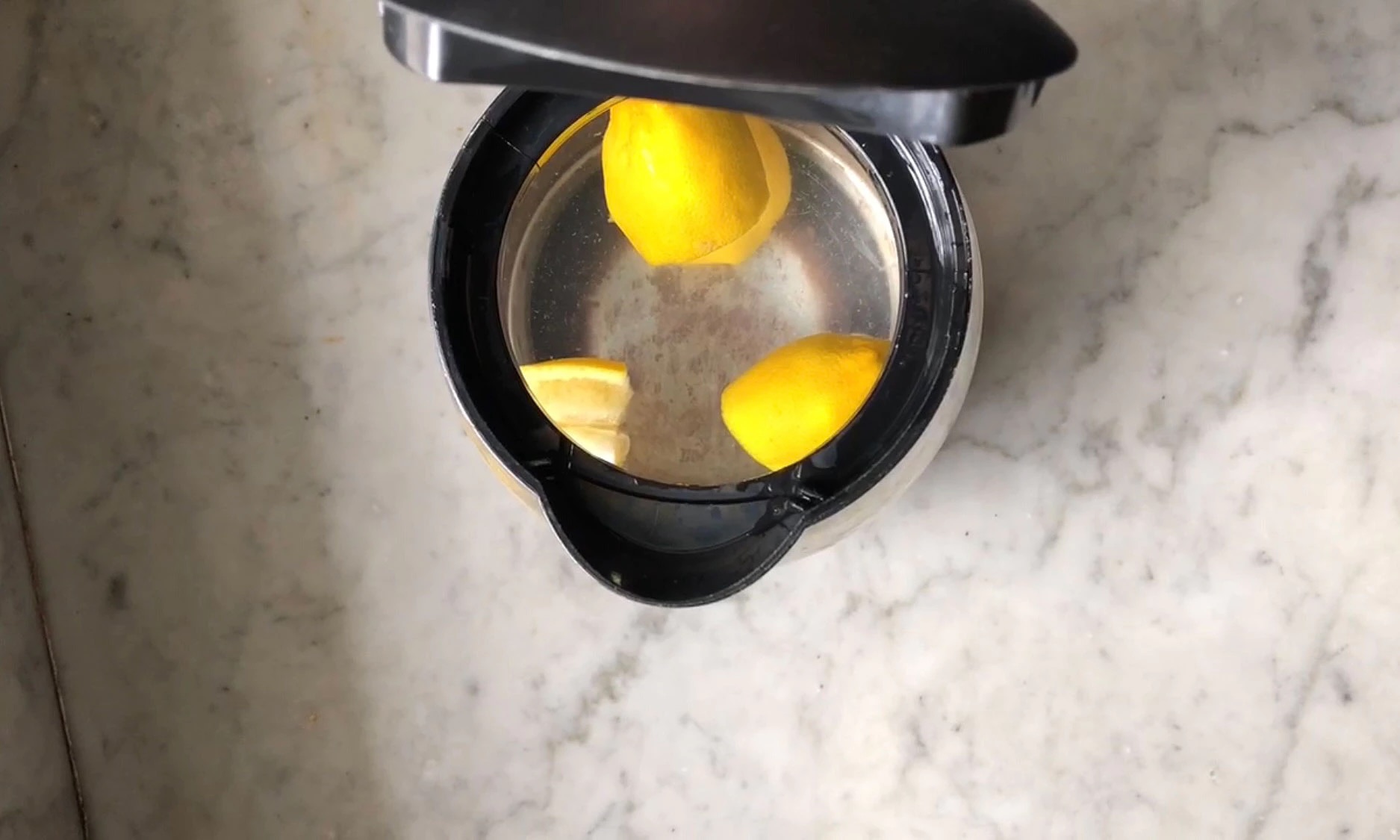
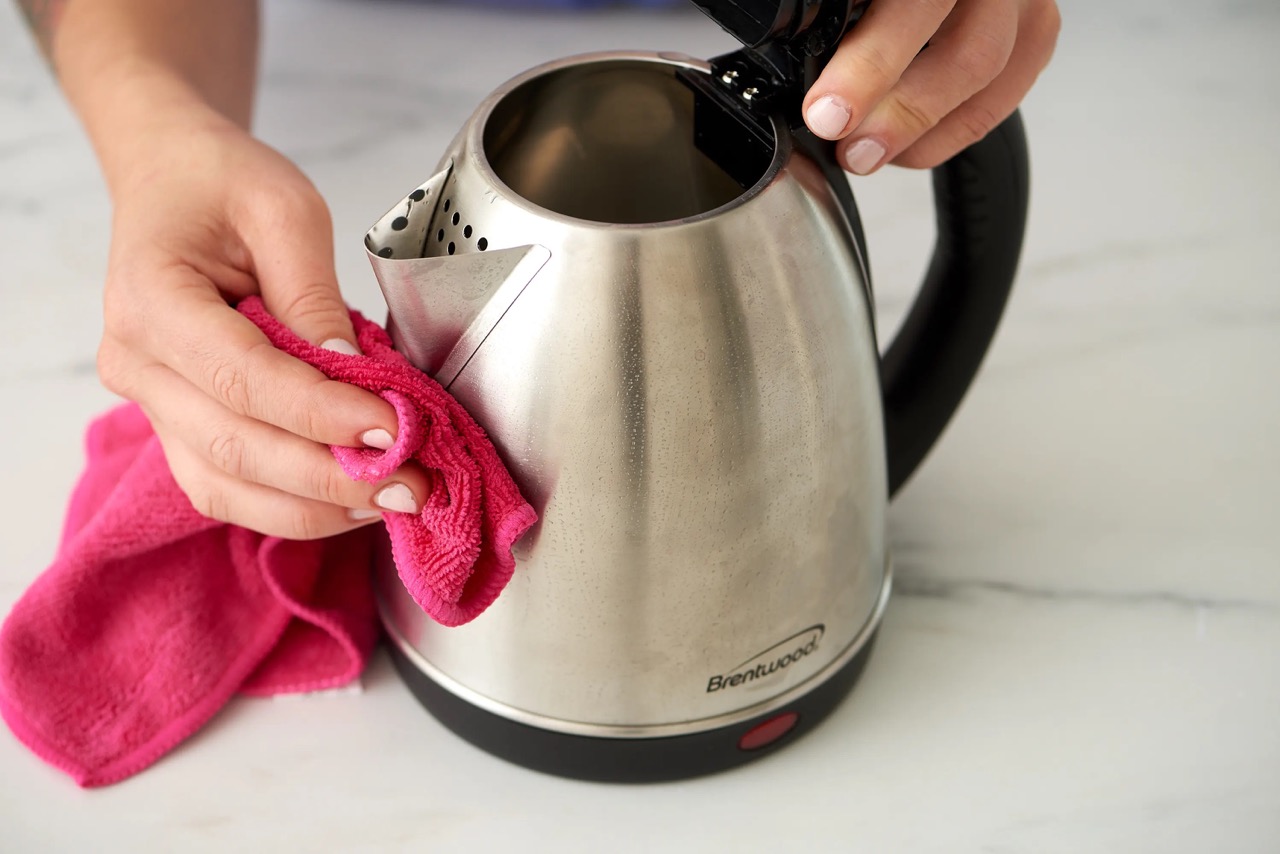
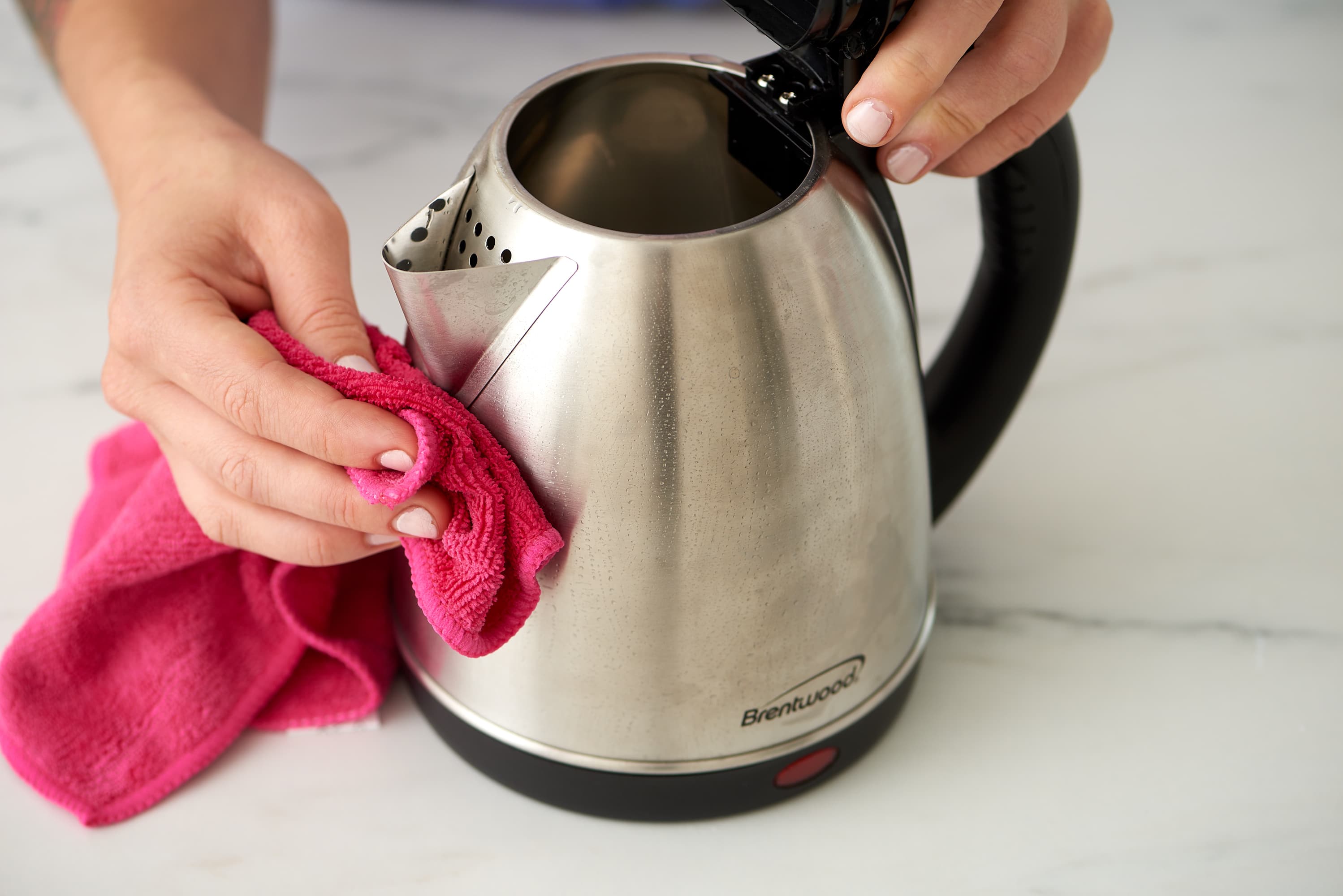
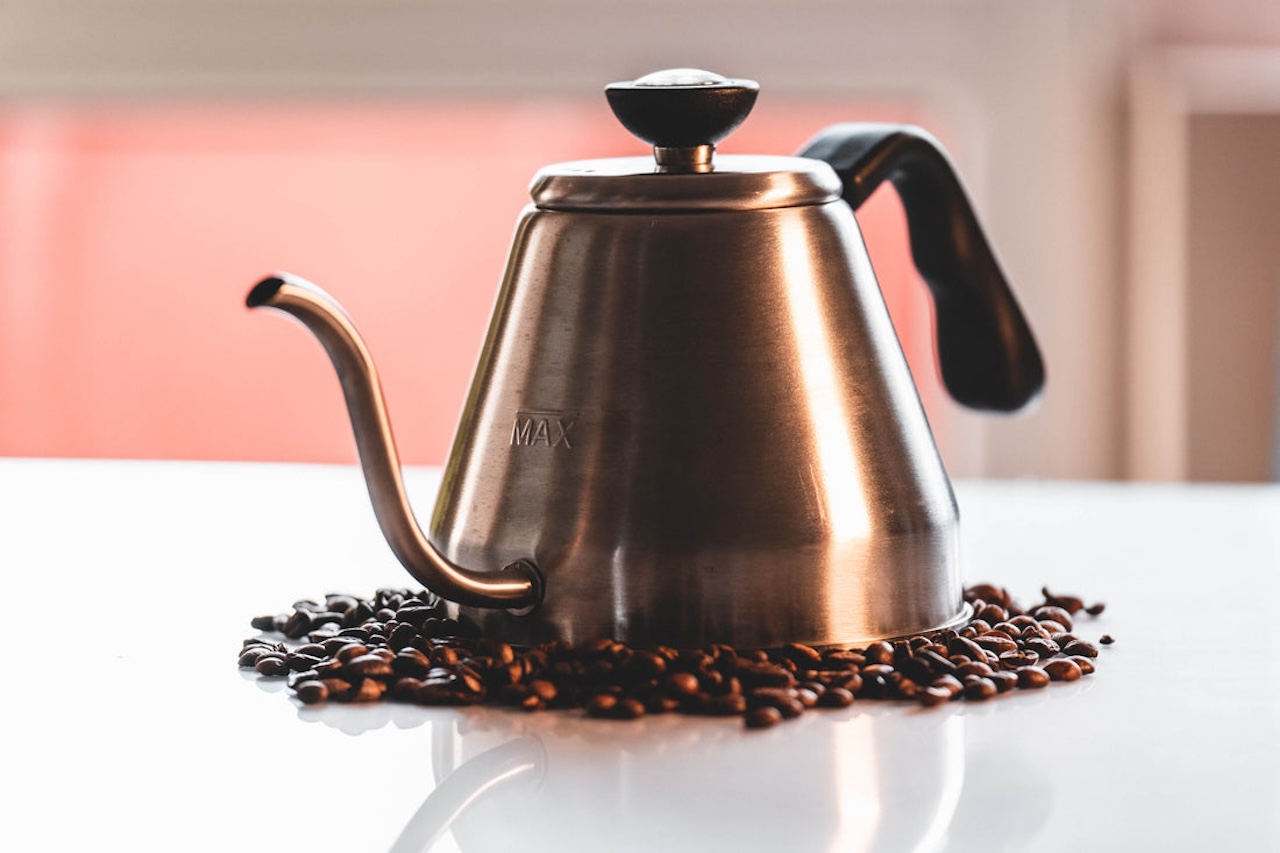
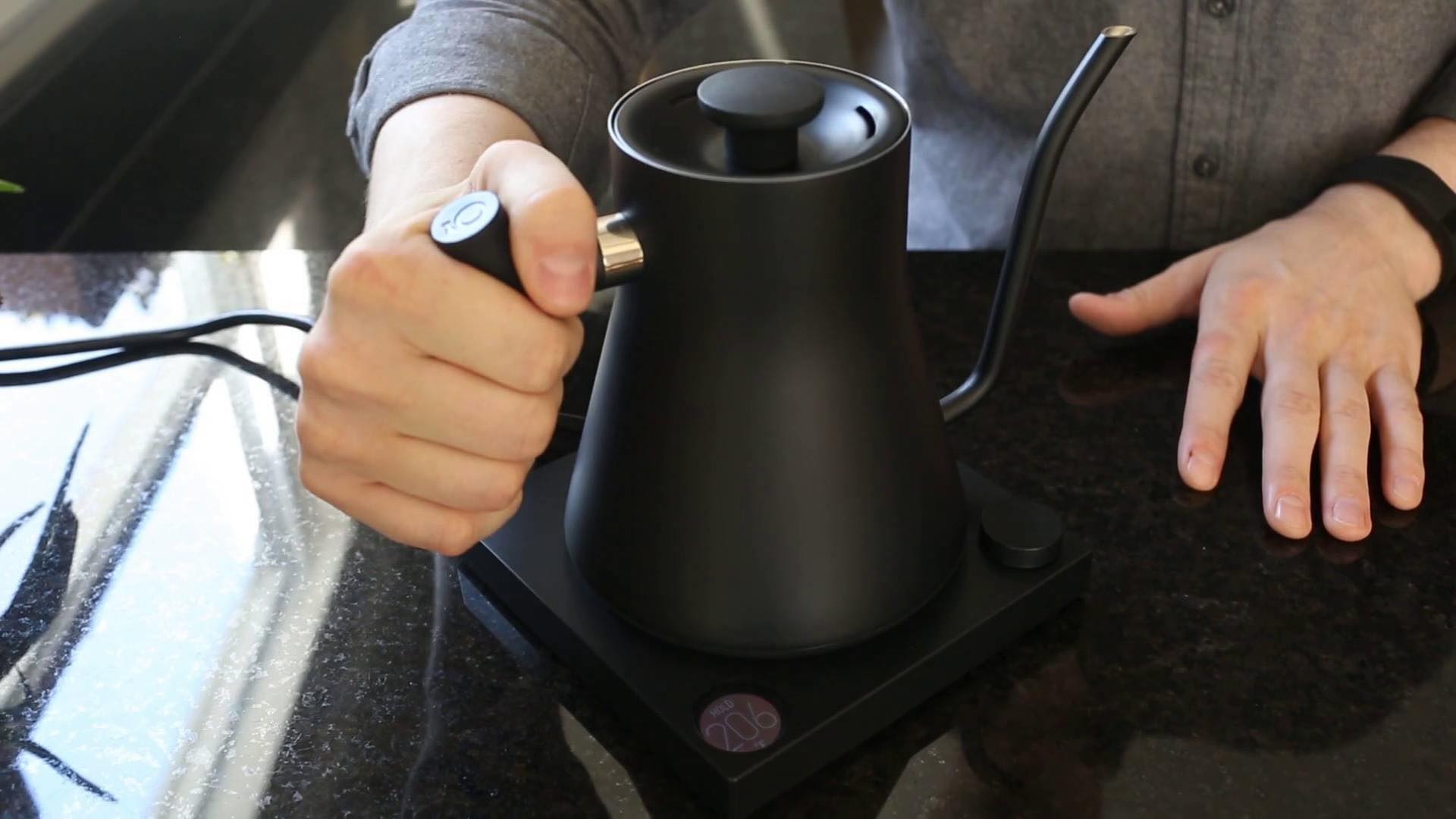
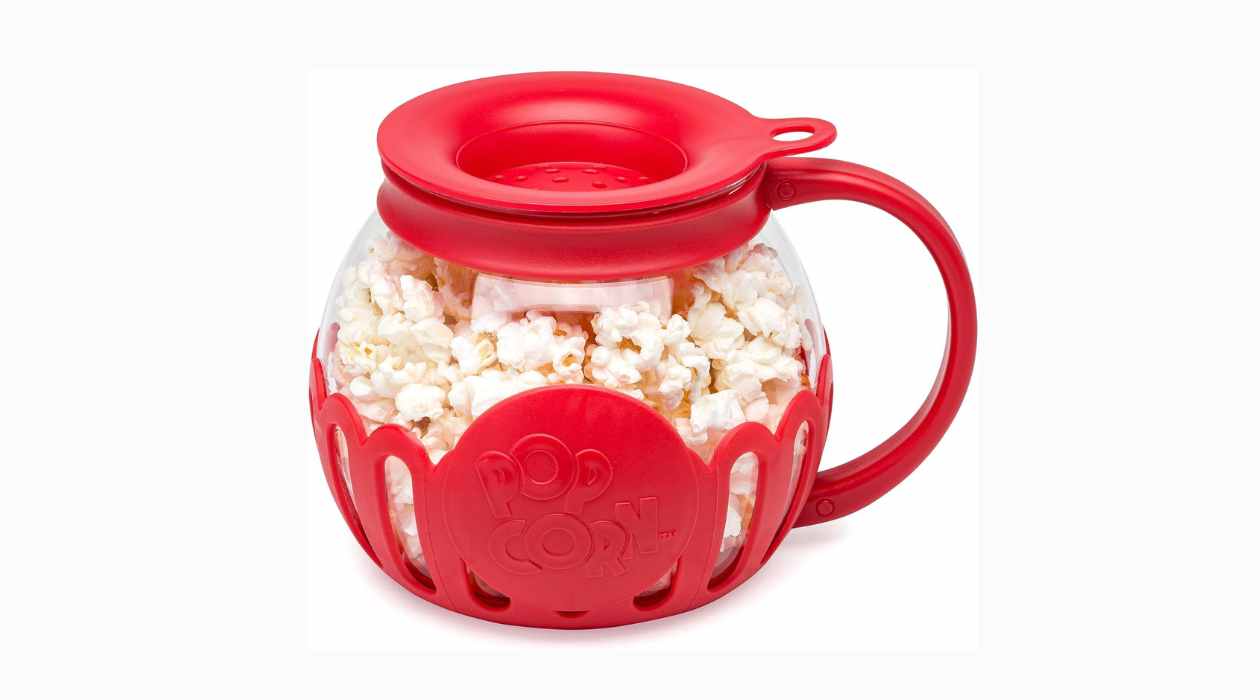
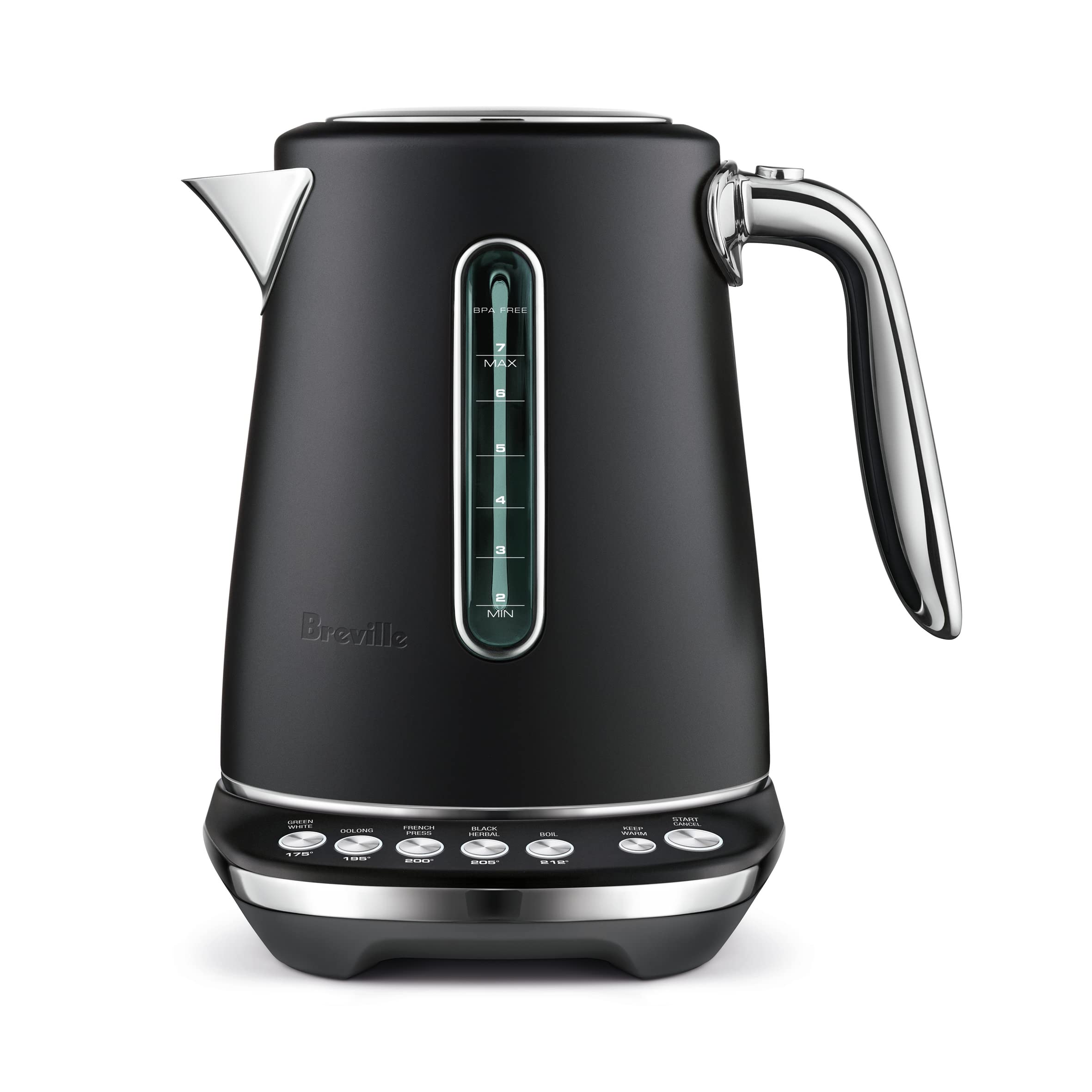
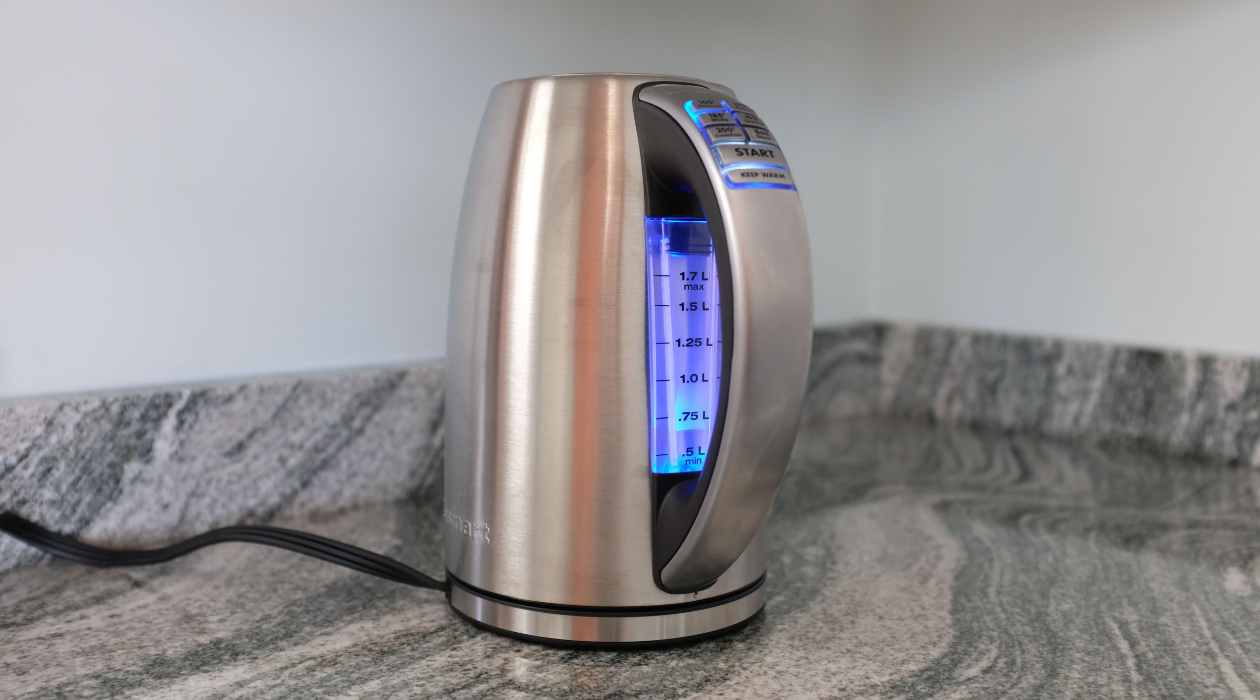

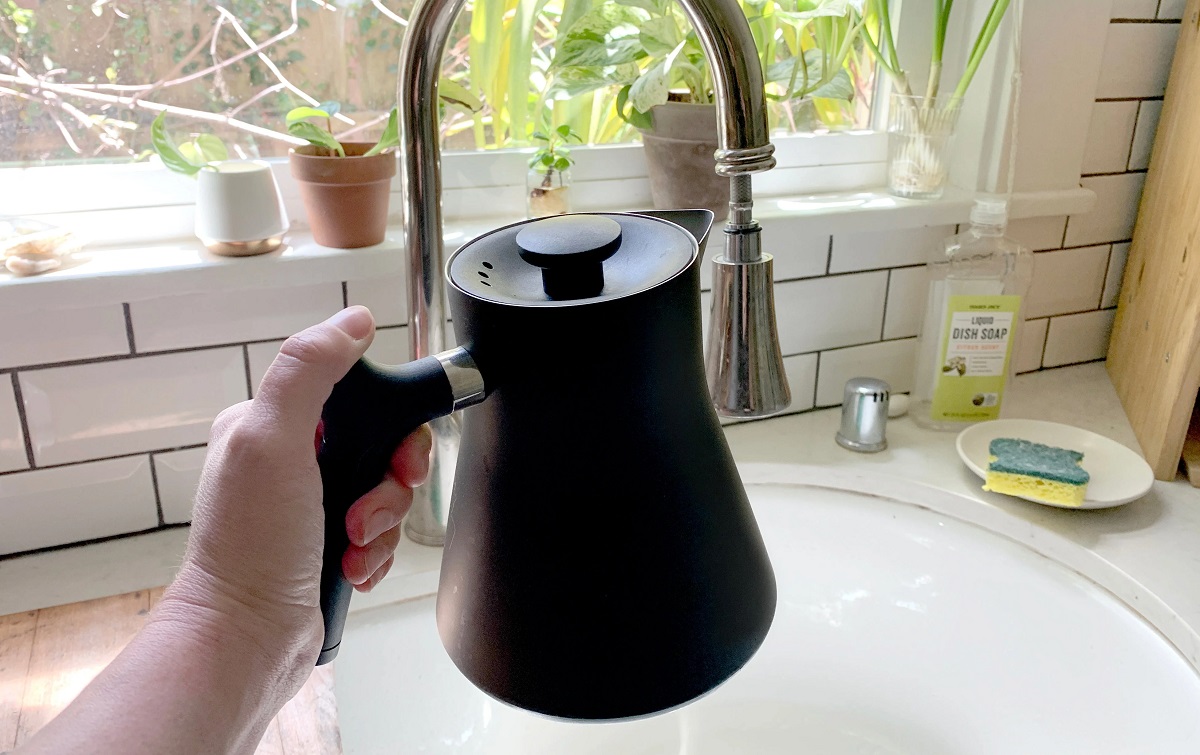
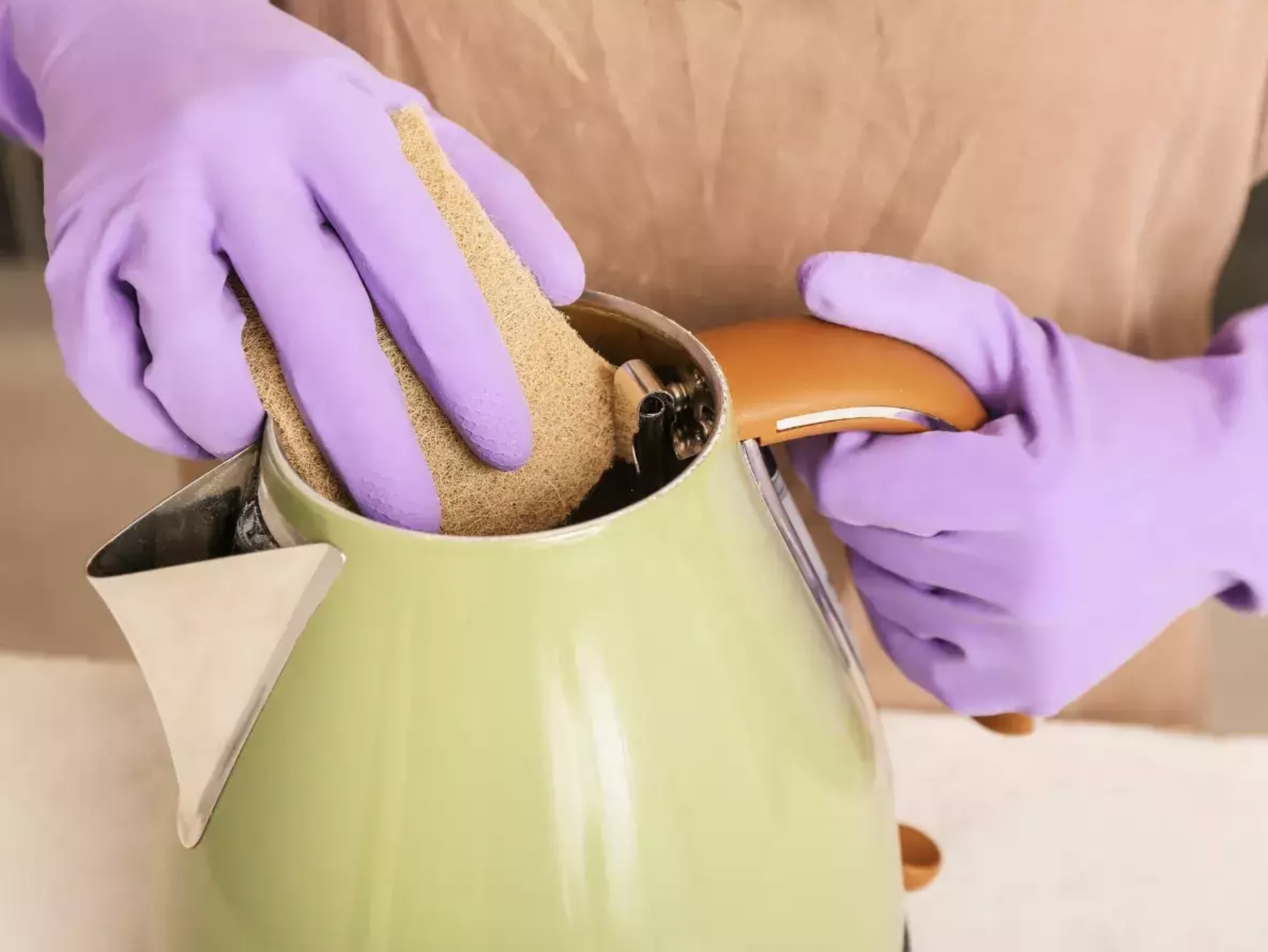
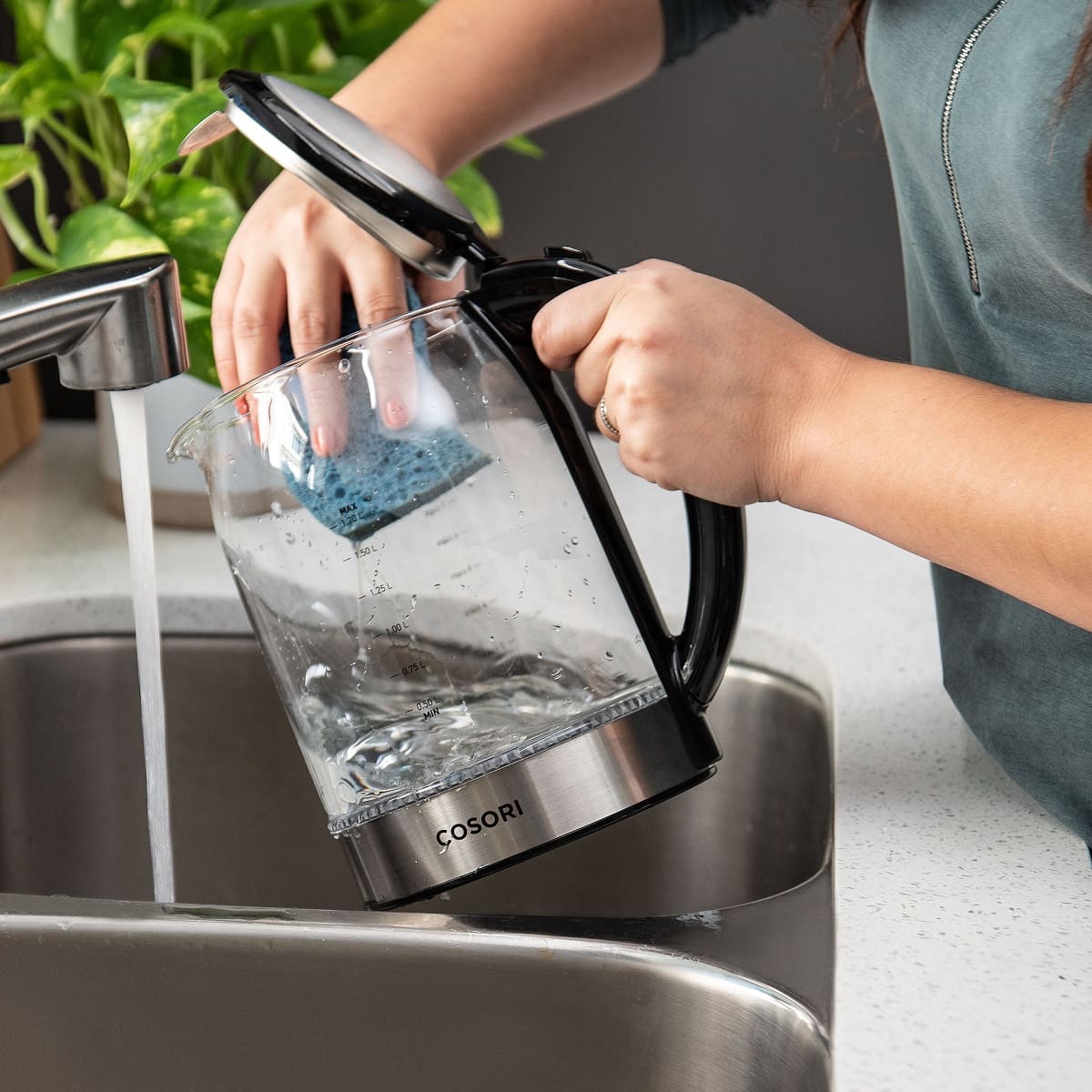
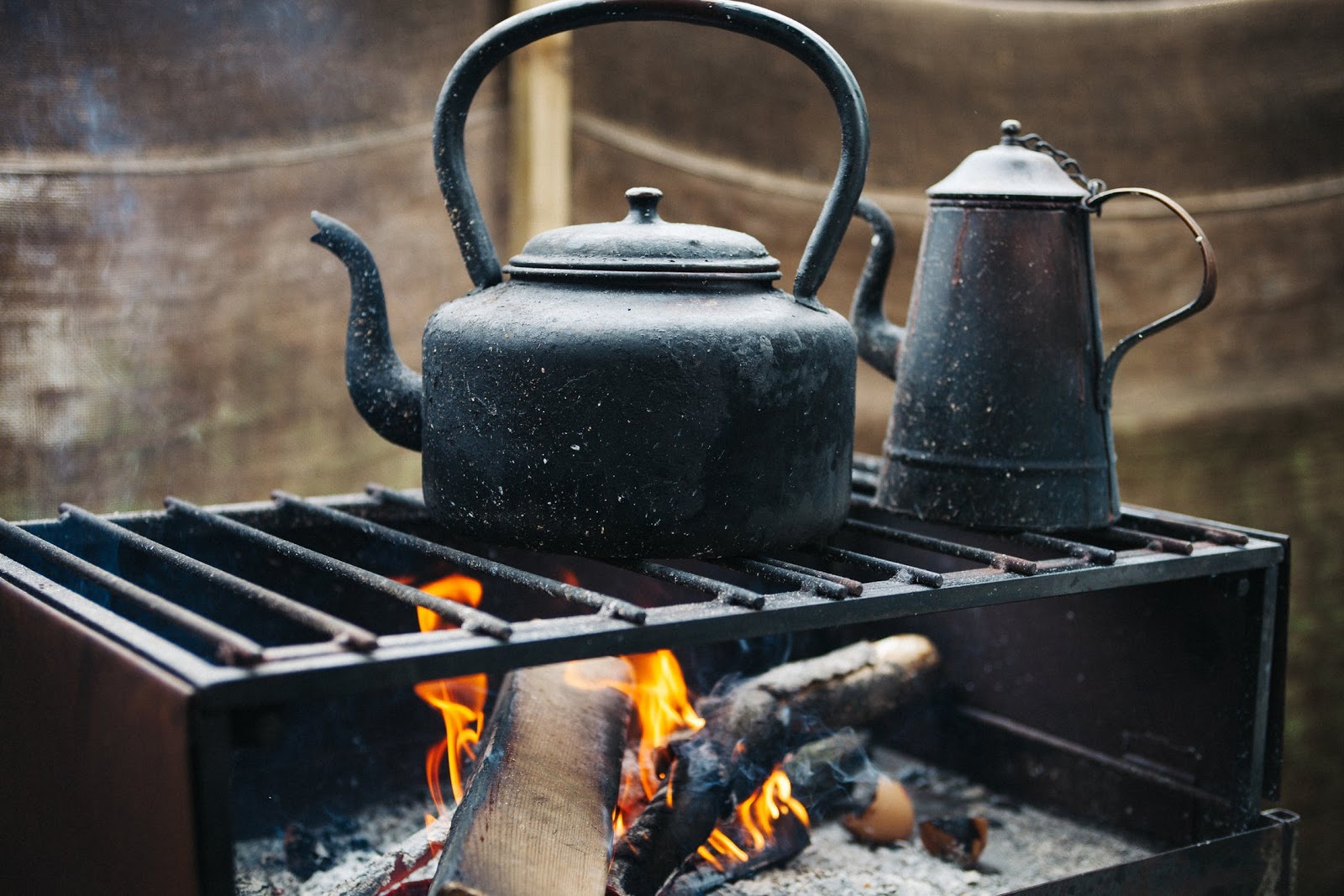

0 thoughts on “How To Clean A Glass Kettle”